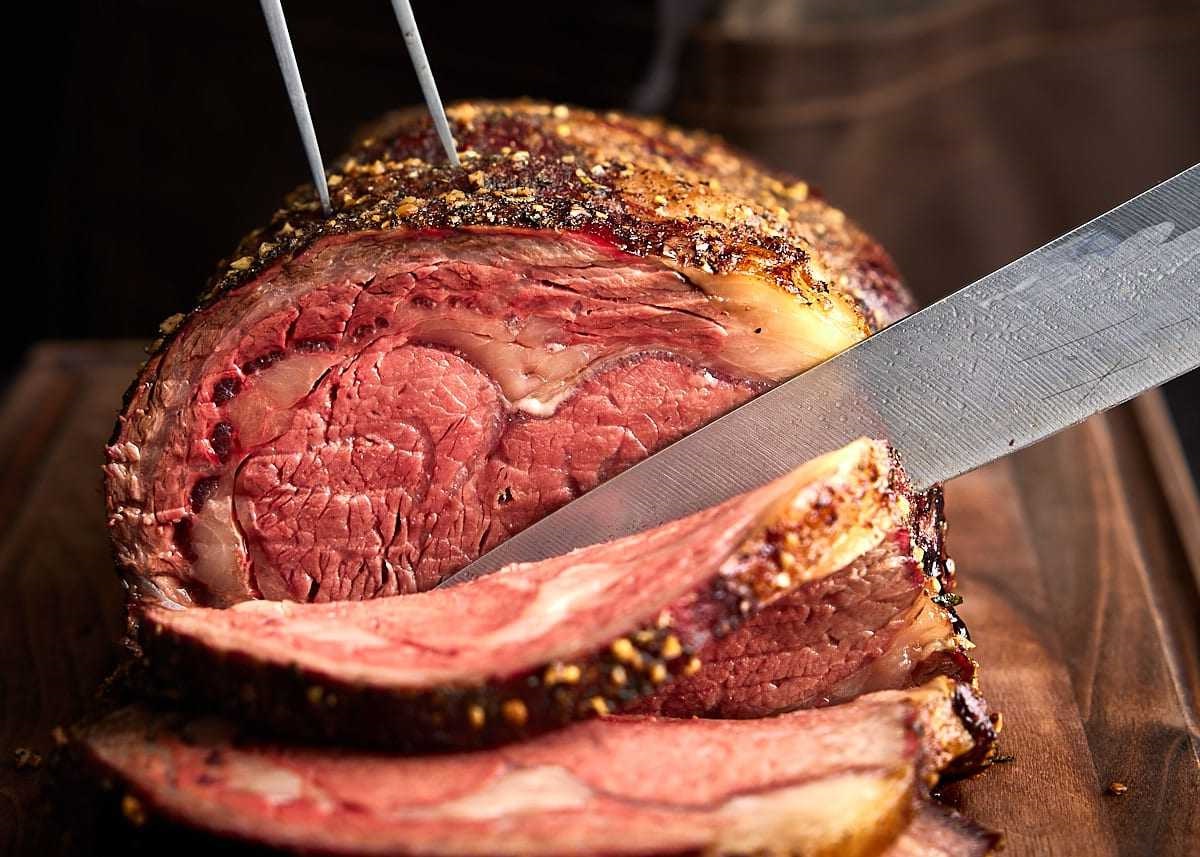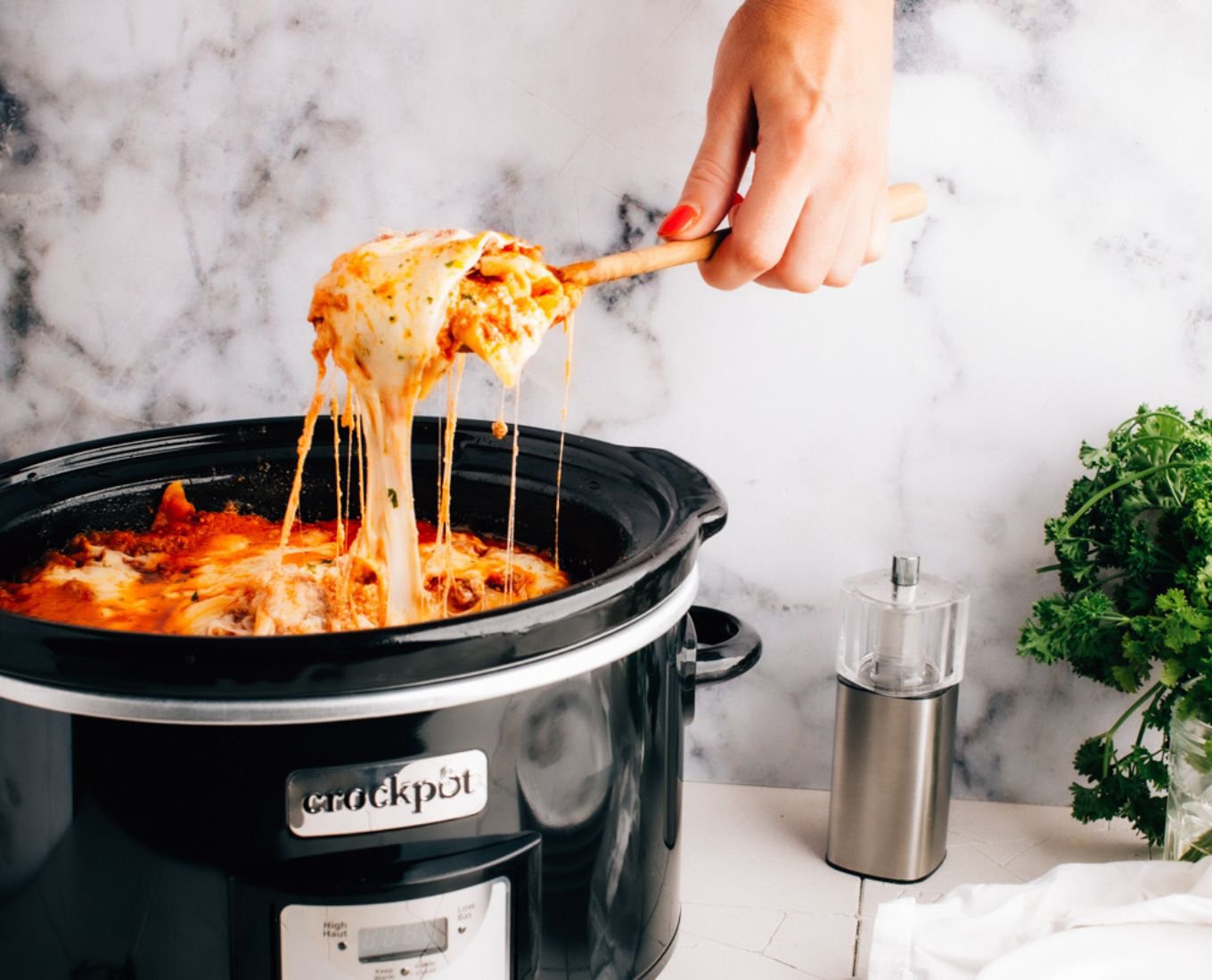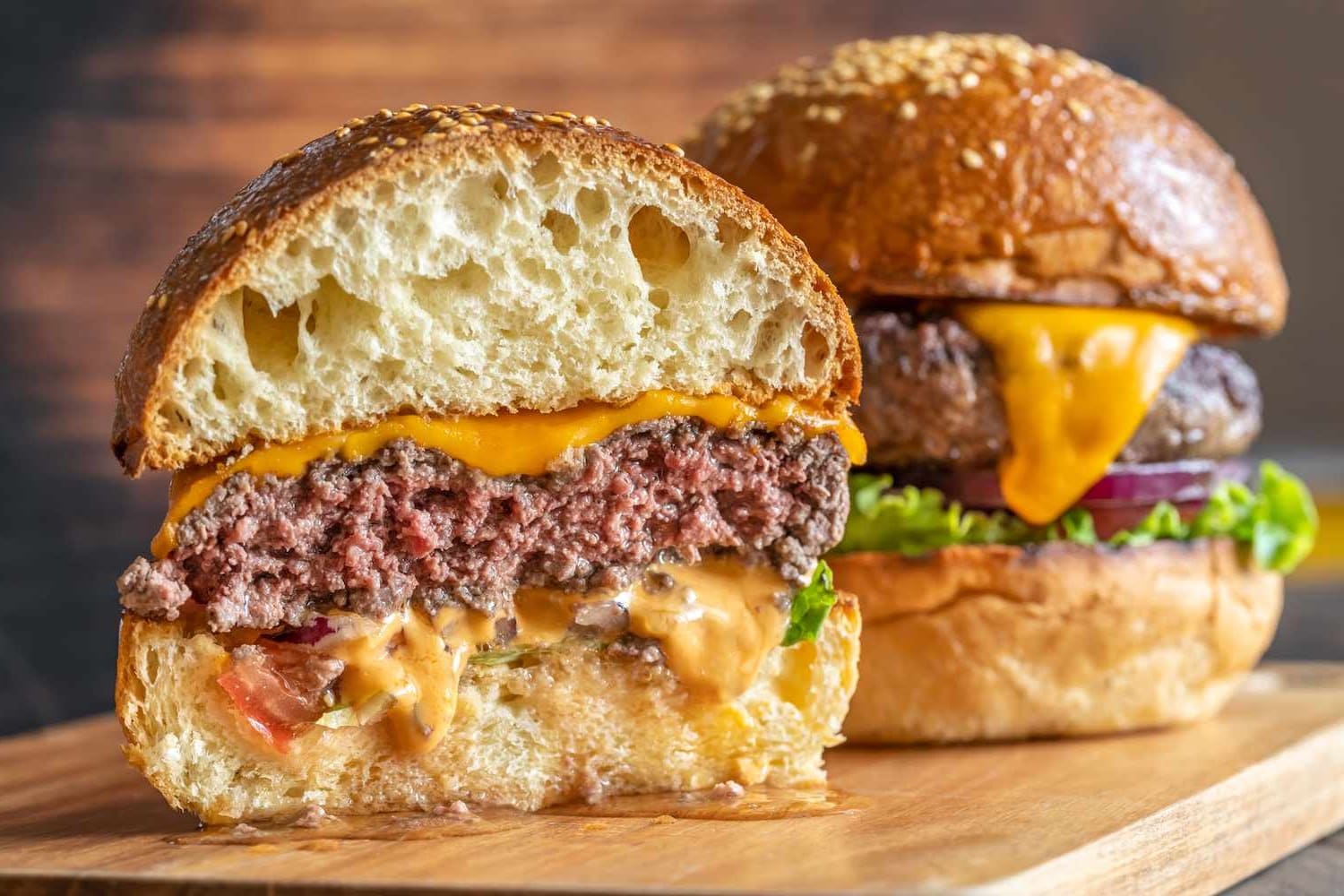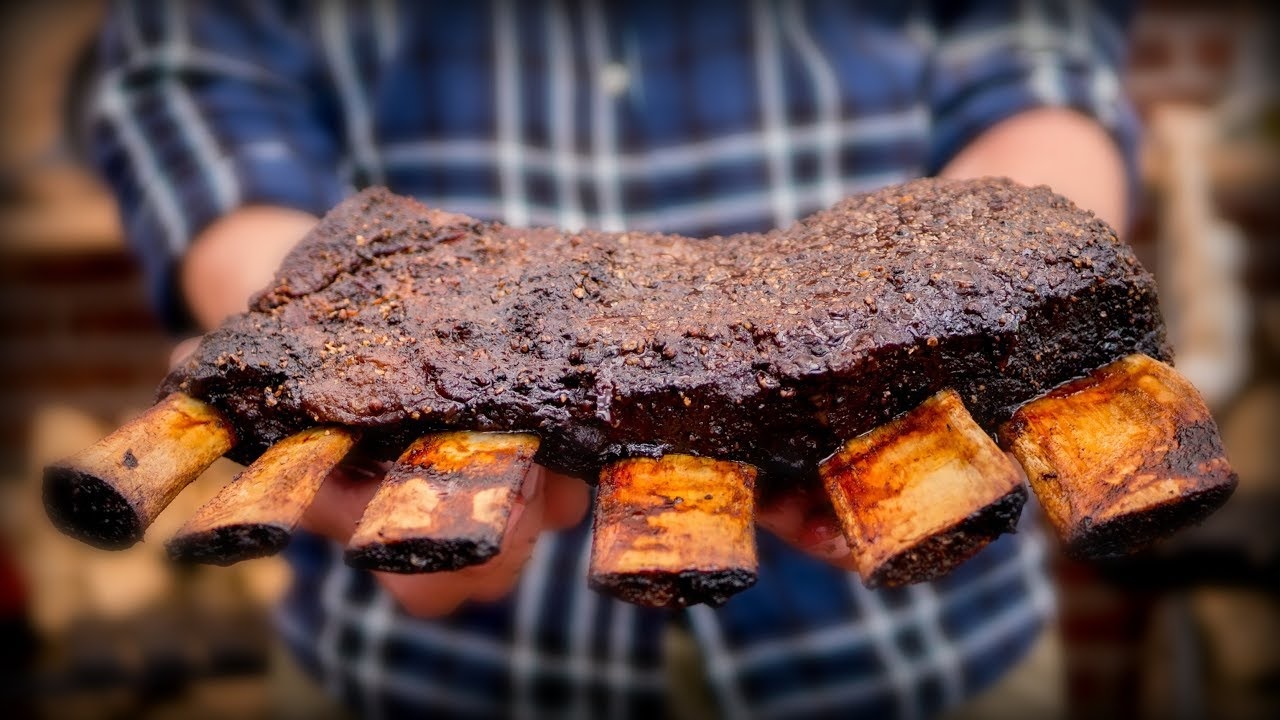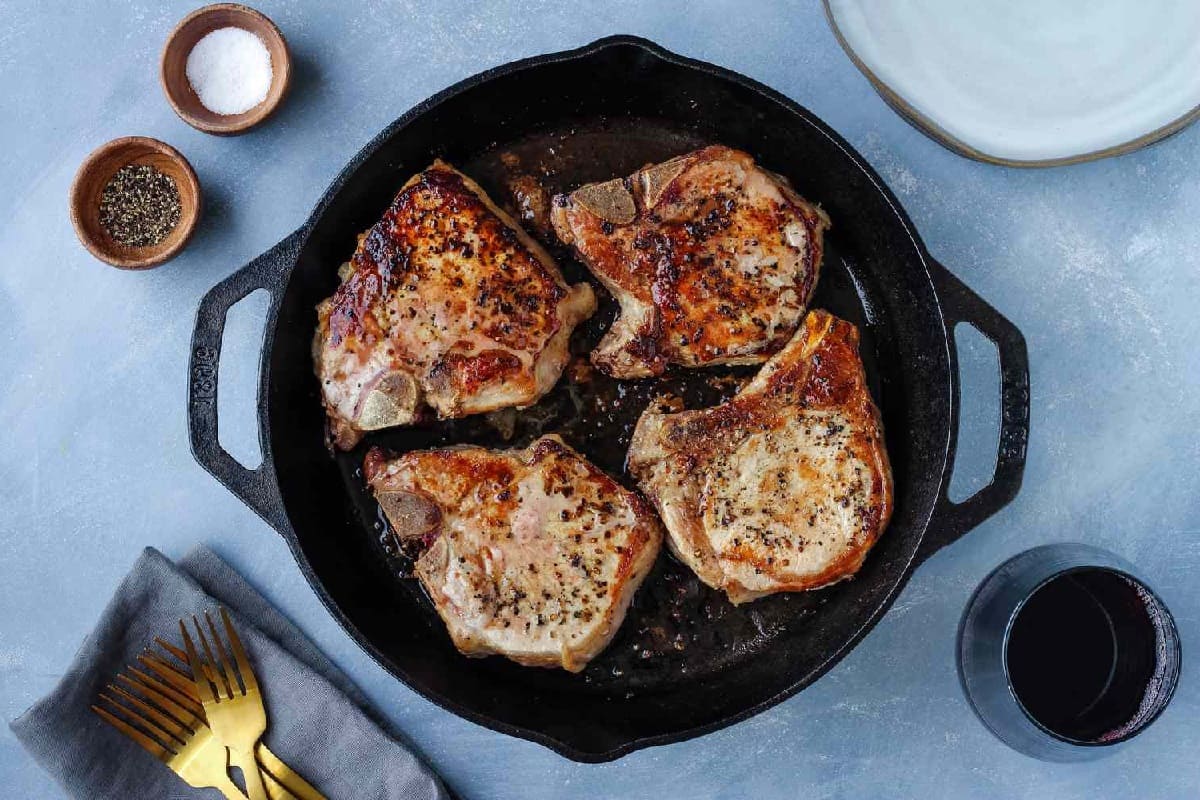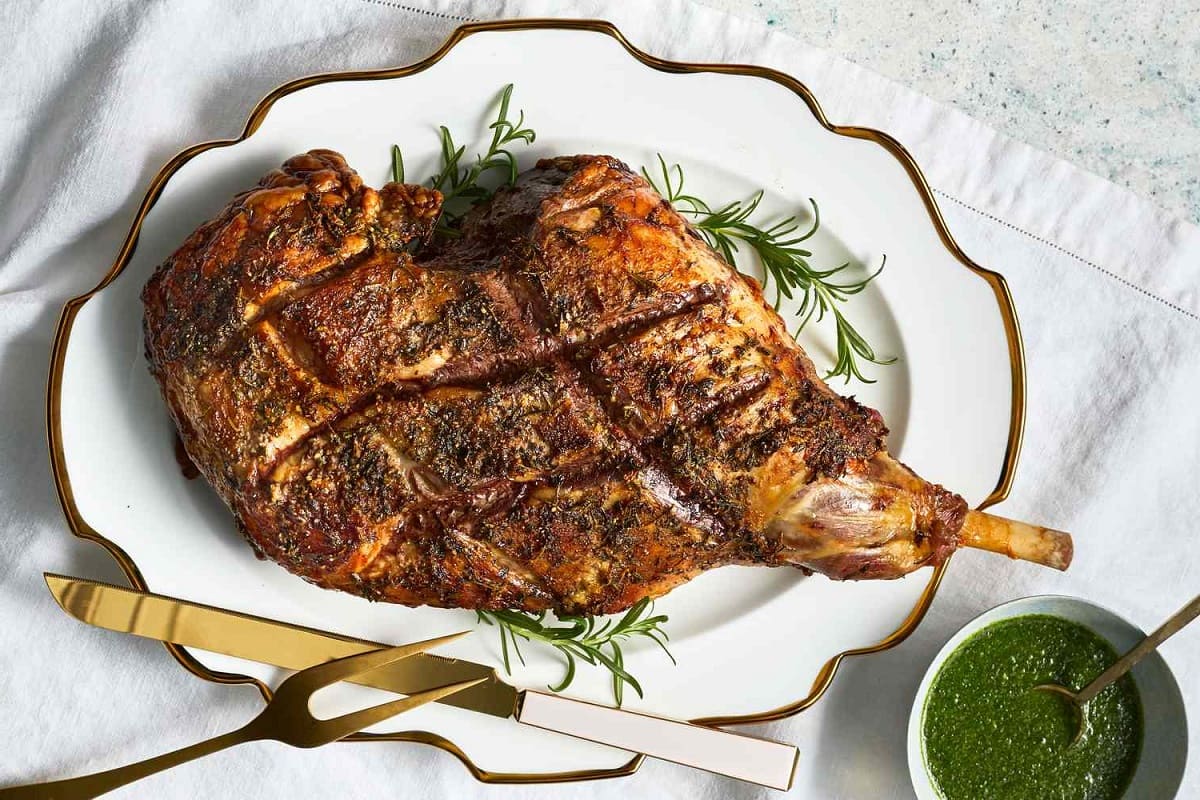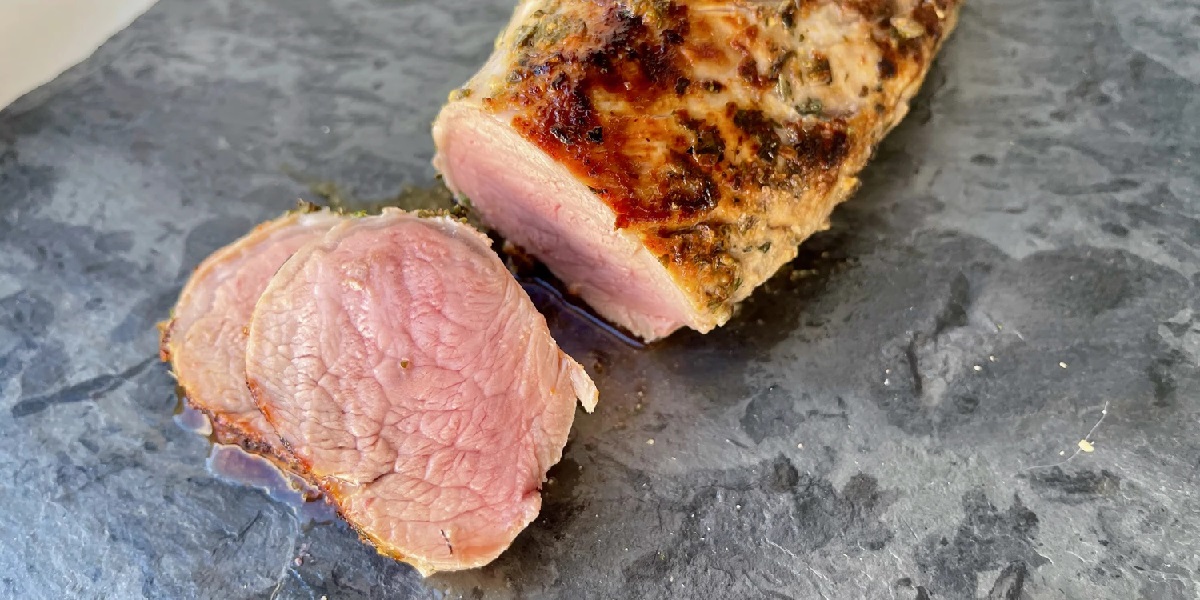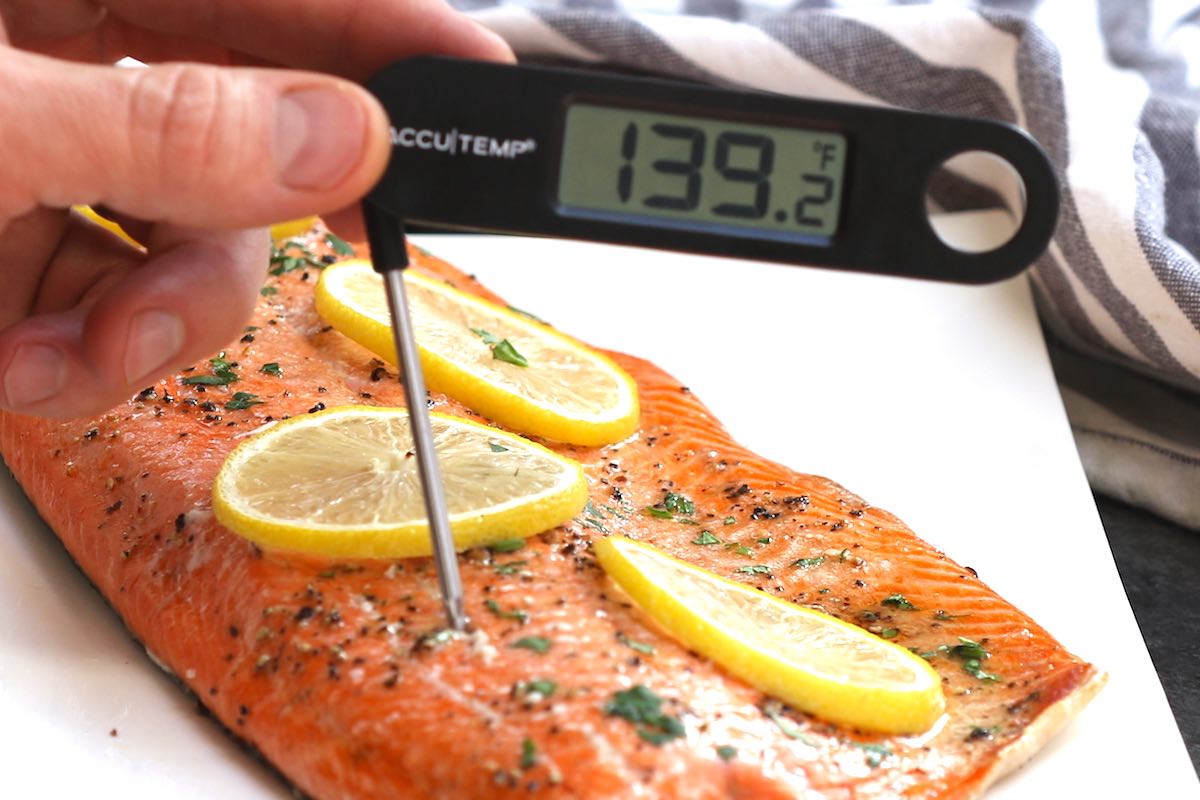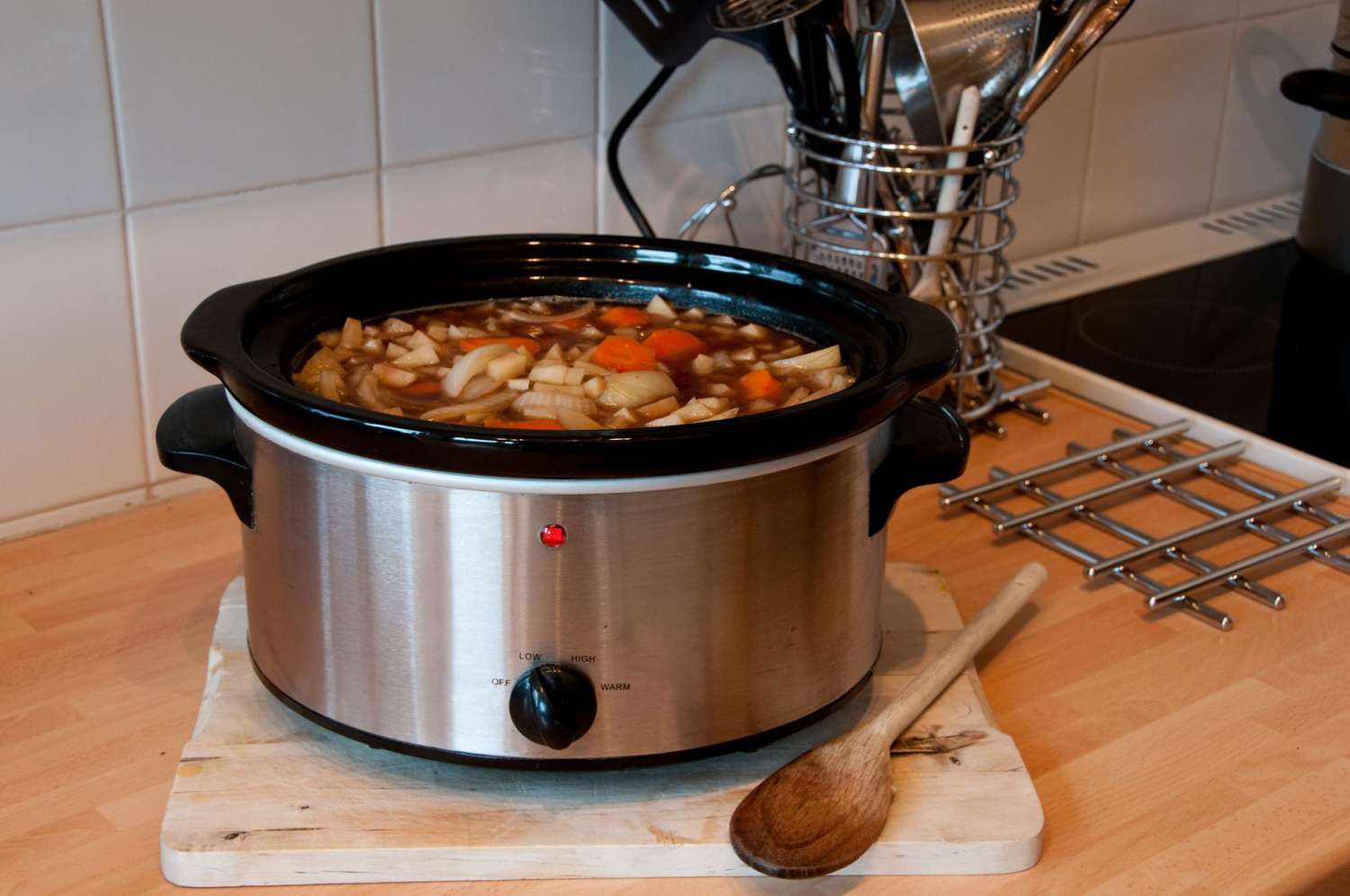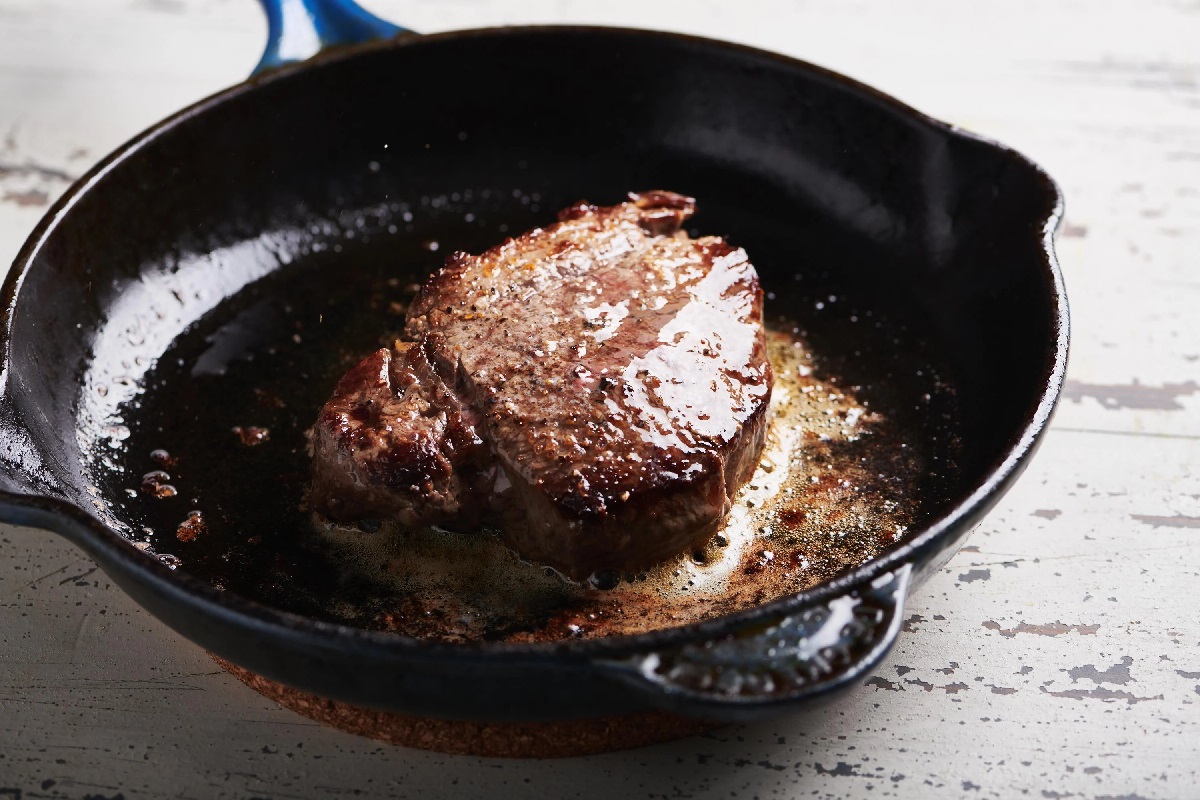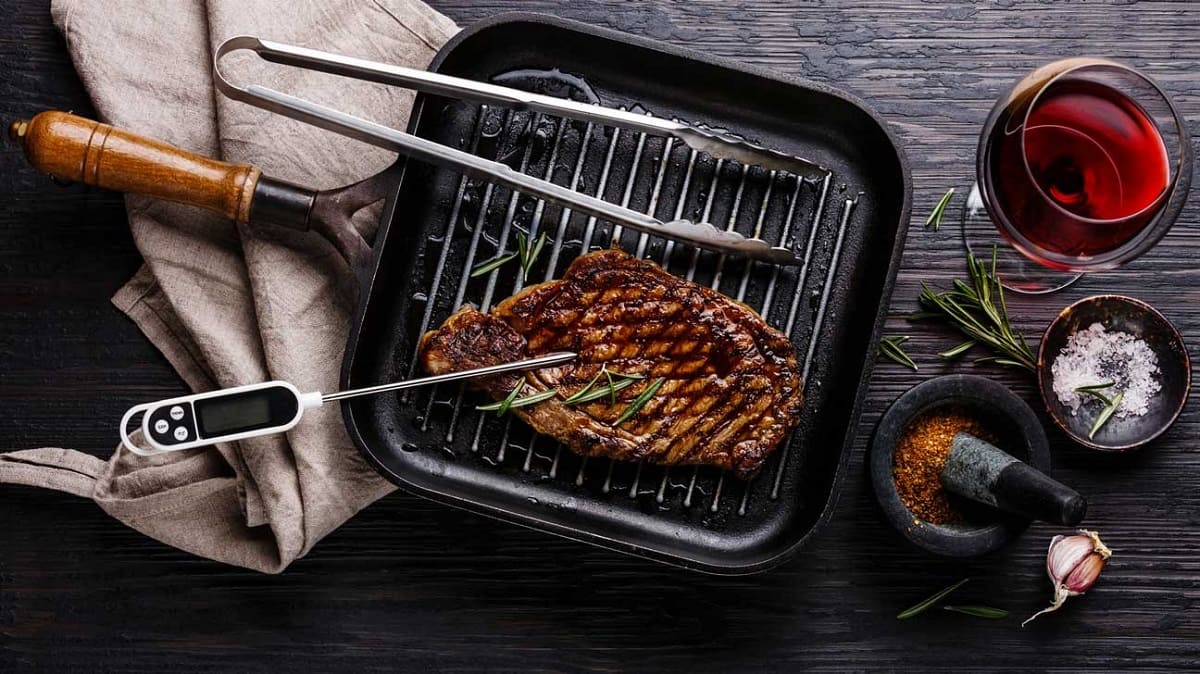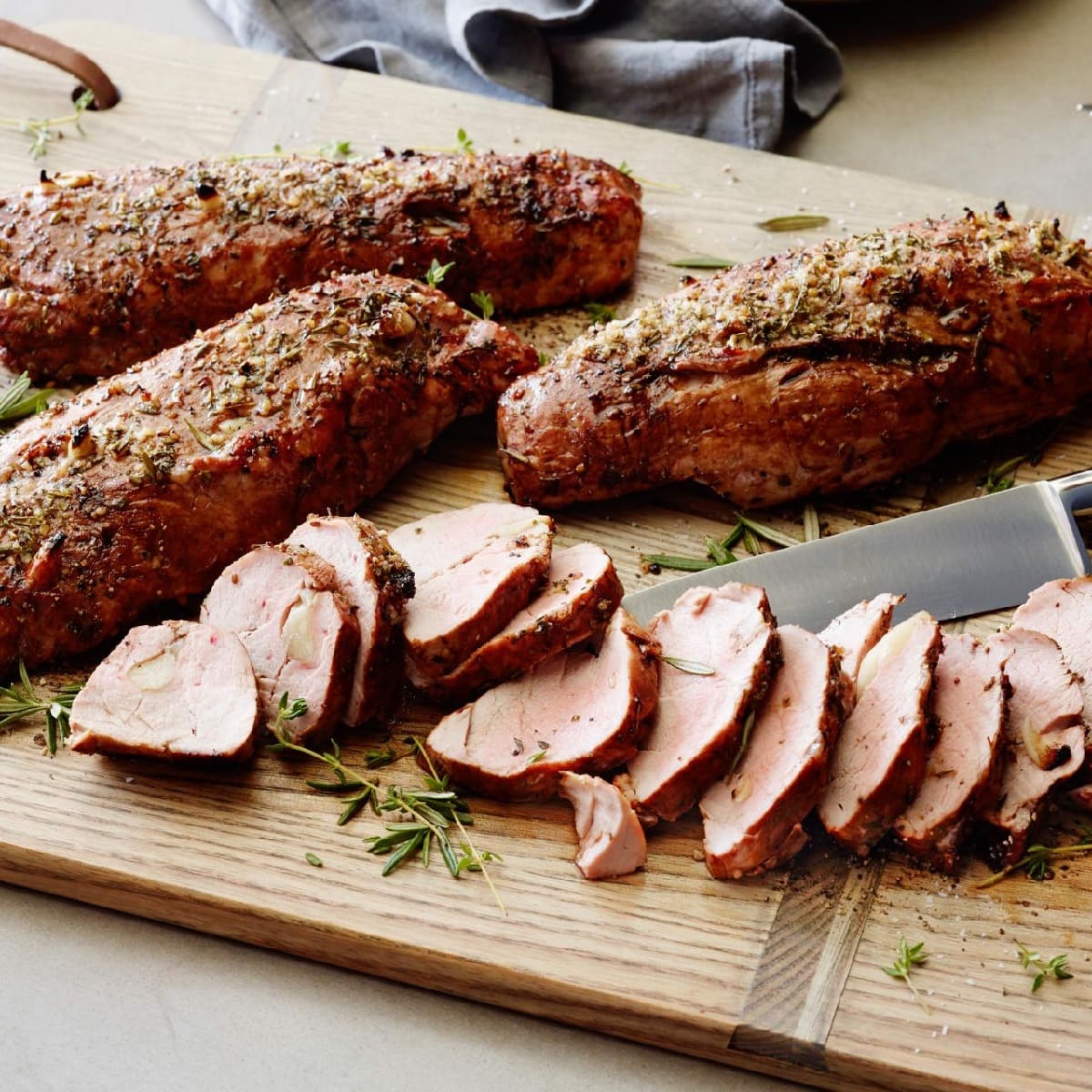Home>Culinary & Beverages>Optimal Temperature For Cooking 321 Ribs
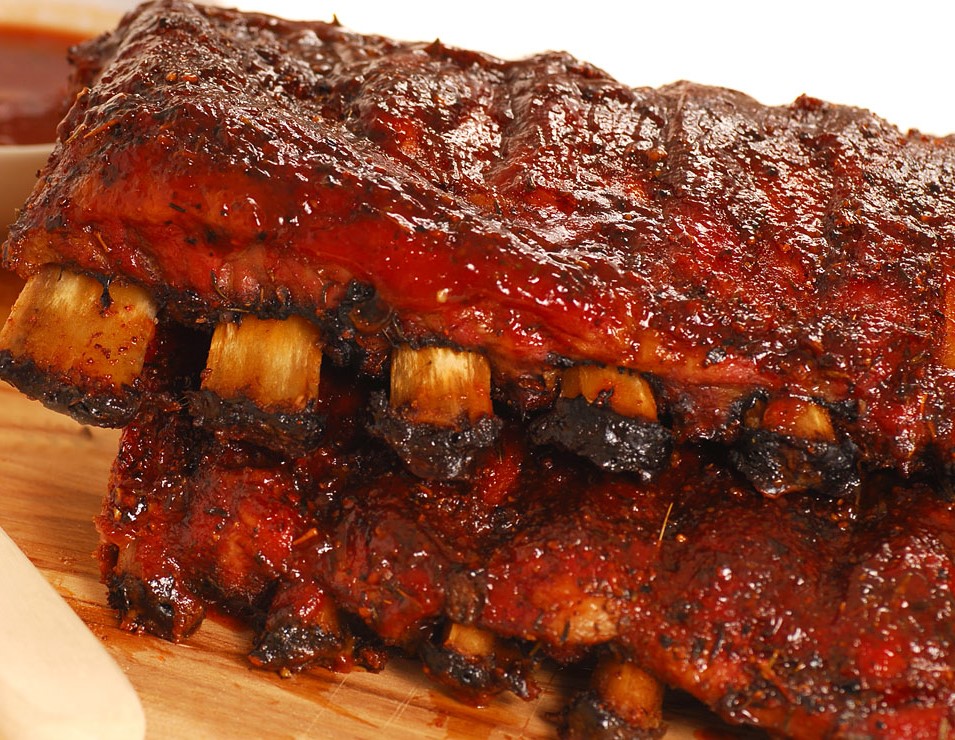

Culinary & Beverages
Optimal Temperature For Cooking 321 Ribs
Published: March 2, 2024
Discover the perfect temperature for cooking 321 ribs to achieve mouthwatering tenderness and flavor. Elevate your culinary skills with our expert tips and techniques.
(Many of the links in this article redirect to a specific reviewed product. Your purchase of these products through affiliate links helps to generate commission for Temperatures.com, at no extra cost. Learn more)
Table of Contents
Introduction
Cooking ribs to perfection is an art that requires a delicate balance of time, temperature, and technique. Whether you prefer the fall-off-the-bone tenderness of slow-cooked ribs or the succulent juiciness of grilled ribs, understanding the optimal cooking temperature is crucial to achieving mouthwatering results. In this article, we will delve into the science behind cooking ribs, explore the factors that influence cooking temperature, and provide valuable tips for mastering the art of rib preparation. By the end of this culinary journey, you will be equipped with the knowledge and skills to elevate your rib-cooking prowess to new heights.
Cooking ribs is a time-honored tradition that spans cultures and cuisines, with each region boasting its own unique methods and flavor profiles. From the smoky barbecue pits of the American South to the aromatic spice rubs of the Caribbean, the world of rib preparation is as diverse as it is delicious. Whether you are a seasoned pitmaster or a novice cook eager to expand your culinary repertoire, understanding the optimal cooking temperature for ribs is essential for creating a memorable dining experience.
As we embark on this culinary exploration, it's important to approach the art of rib cooking with a sense of curiosity and a willingness to experiment. While there are tried-and-true techniques that form the foundation of rib preparation, there is also ample room for creativity and personalization. By understanding the science behind cooking ribs and the factors that influence temperature, you will gain the confidence to adapt and refine your approach, ultimately leading to delectable results that will leave your guests craving more.
So, grab your apron, fire up the grill or preheat the oven, and prepare to embark on a flavorful journey into the world of rib cooking. Whether you're aiming to impress at a backyard barbecue or simply craving a comforting homemade meal, mastering the optimal temperature for cooking ribs will elevate your culinary prowess and delight the palates of those fortunate enough to savor your creations. Let's dive into the science of cooking ribs and uncover the secrets to achieving rib-cooking perfection.
Understanding the Science of Cooking Ribs
Cooking ribs is a culinary journey that intertwines art and science, where the transformation of tough, collagen-rich meat into tender, flavorful ribs is a testament to the intricate processes at play. At its core, the science of cooking ribs revolves around the breakdown of collagen, the rendering of fat, and the infusion of flavor. Understanding these fundamental principles is essential for achieving ribs that are not only tender and succulent but also bursting with rich, smoky nuances.
Collagen, a connective tissue protein abundant in ribs, is the key player in the tenderization process. When exposed to heat over an extended period, collagen undergoes a remarkable metamorphosis, gradually breaking down into gelatin. This process, known as collagen denaturation, is responsible for the sought-after tenderness and juiciness of well-cooked ribs. The slow, low-temperature cooking method, such as smoking or braising, allows the collagen to undergo this transformation, resulting in ribs that yield effortlessly to the touch and melt in the mouth.
In addition to collagen breakdown, the rendering of fat plays a crucial role in the flavor and texture of cooked ribs. As the ribs cook, the fat within the meat gradually liquefies, infusing the surrounding muscle fibers with moisture and imparting a luscious, buttery richness. This process not only contributes to the succulence of the ribs but also enhances their overall flavor profile, creating a harmonious balance of tenderness and depth of taste.
Furthermore, the science of cooking ribs extends to the infusion of flavor through the interaction of smoke, seasoning, and heat. Whether utilizing a traditional barbecue smoker, a charcoal grill, or an oven, the method of imparting smoky essence to the ribs involves the combustion of wood or wood chips, releasing aromatic compounds that permeate the meat. This infusion of smoky flavor, combined with carefully selected seasonings and spices, elevates the sensory experience of enjoying ribs, tantalizing the palate with layers of complexity and depth.
In essence, the science of cooking ribs is a symphony of chemical reactions, transformations, and sensory enhancements that culminate in a culinary masterpiece. By understanding the interplay of collagen breakdown, fat rendering, and flavor infusion, one can embark on a culinary journey that transcends mere cooking and ventures into the realm of artistry. With this foundational knowledge in hand, we can now explore the factors that influence the optimal cooking temperature for ribs, paving the way for culinary excellence and gastronomic delight.
Factors Affecting Cooking Temperature
The optimal cooking temperature for ribs is influenced by a myriad of factors that collectively shape the texture, flavor, and overall quality of the final dish. Understanding these factors is essential for tailoring the cooking process to achieve the desired outcome, whether it be tender, fall-off-the-bone ribs or succulent, charred barbecue masterpieces. Let's delve into the key factors that exert influence over the cooking temperature for ribs:
-
Cut and Thickness of Ribs: The cut and thickness of the ribs significantly impact the cooking temperature and duration. For instance, spareribs, with their higher fat content and larger size, benefit from low and slow cooking methods to allow for thorough collagen breakdown and fat rendering. In contrast, baby back ribs, being leaner and smaller, may require slightly higher cooking temperatures to achieve optimal tenderness without overcooking.
-
Cooking Method: The chosen cooking method, whether it's smoking, grilling, braising, or oven roasting, plays a pivotal role in determining the ideal cooking temperature for ribs. Each method offers distinct advantages and requires specific temperature adjustments to achieve the desired results. For example, smoking ribs at a low temperature for an extended period imparts a deep smoky flavor and tenderizes the meat, while grilling at a higher temperature creates a caramelized crust and charred nuances.
-
Desired Texture and Doneness: The preferred texture and doneness of the ribs influence the cooking temperature selection. Those seeking fall-off-the-bone tenderness may opt for lower temperatures and longer cooking times to ensure thorough collagen breakdown and maximum tenderness. Conversely, individuals desiring a firmer bite and caramelized exterior may lean towards higher temperatures for a shorter duration to achieve a succulent yet slightly chewy texture.
-
Seasoning and Flavor Profile: The seasoning and flavor profile of the ribs also impact the cooking temperature, as certain herbs, spices, and marinades may require specific temperature ranges to fully develop their aromatic nuances. For instance, ribs seasoned with sugar-based rubs or marinades necessitate careful temperature monitoring to prevent excessive charring or burning, while allowing the flavors to harmonize and caramelize effectively.
-
Equipment and Cooking Environment: The type of equipment and the cooking environment, whether it's a barbecue smoker, charcoal grill, gas grill, or conventional oven, directly influence the cooking temperature and the degree of temperature control. Each cooking apparatus has its unique heat distribution and retention properties, necessitating adjustments in temperature settings and cooking techniques to achieve consistent and reliable results.
By considering these factors and their collective impact on the cooking temperature for ribs, one can navigate the culinary landscape with confidence and precision, ensuring that each batch of ribs emerges as a delectable masterpiece tailored to individual preferences and culinary aspirations.
Recommended Temperature for Cooking Ribs
When it comes to achieving the perfect balance of tenderness, juiciness, and flavor in ribs, the recommended cooking temperature serves as a critical guiding factor. The ideal temperature varies based on the cooking method and desired outcome, offering a spectrum of possibilities for crafting ribs that cater to diverse palates and culinary preferences.
Smoking:
For aficionados of traditional smoked ribs, maintaining a consistent temperature between 225°F and 250°F (107°C – 121°C) is paramount. This low and slow approach allows the collagen in the ribs to gradually break down, resulting in a luxuriously tender texture while infusing the meat with a rich, smoky essence. The extended cooking time at this temperature range ensures that the ribs achieve the desired succulence and depth of flavor, making it a favored method among barbecue enthusiasts.
Read more: Optimal Temperature For A Medium Rare Steak
Grilling:
When grilling ribs, the recommended temperature typically ranges between 300°F and 350°F (149°C – 177°C). This moderate heat level facilitates a balance between caramelization and tenderness, yielding ribs with a slightly charred exterior and a juicy, flavorful interior. Grilling at this temperature range allows for efficient fat rendering and flavor development, culminating in ribs that boast a tantalizing combination of smokiness and charred nuances.
Oven Roasting:
For those opting to roast ribs in the oven, a temperature setting of 275°F to 300°F (135°C – 149°C) is often recommended. This gentle heat envelops the ribs, allowing for gradual collagen breakdown and fat rendering while preserving the natural juices within the meat. Oven roasting at this temperature range results in ribs that are tender, succulent, and imbued with the aromatic nuances of any seasonings or marinades used.
High-Heat Finishing:
In some instances, a brief period of high-heat cooking is employed to achieve a caramelized crust or glaze on the ribs. This typically involves a temperature of 400°F to 450°F (204°C – 232°C) for a short duration, allowing the sugars in the seasoning or glaze to caramelize and create a delectable exterior while maintaining the desired level of doneness within the meat.
By adhering to these recommended temperature ranges based on the chosen cooking method, enthusiasts of rib preparation can embark on a culinary journey that celebrates the art of temperature control and its profound impact on the sensory delights of perfectly cooked ribs. Whether savoring the smoky allure of slow-smoked ribs or relishing the charred nuances of grilled masterpieces, the recommended temperatures serve as invaluable guides in the pursuit of rib-cooking excellence.
Tips for Achieving the Optimal Temperature
-
Preheating and Monitoring: Prior to cooking ribs, ensure that the cooking apparatus, whether it's a smoker, grill, or oven, is preheated to the recommended temperature. Consistent monitoring of the cooking temperature using a reliable thermometer is essential for maintaining precision throughout the cooking process. This attention to detail ensures that the ribs are subjected to the ideal heat level, resulting in consistent tenderness and flavor development.
-
Indirect Heat: When utilizing a grill or smoker, employing indirect heat by positioning the ribs away from the primary heat source promotes gentle, even cooking. This method minimizes the risk of uneven cooking or charring, allowing the ribs to undergo gradual collagen breakdown and fat rendering without succumbing to excessive heat exposure.
-
Water Pans and Moisture Control: Incorporating water pans or moisture-enhancing devices in the cooking apparatus, particularly during low and slow cooking methods, helps maintain a moist cooking environment. This prevents the ribs from drying out and facilitates the retention of natural juices, contributing to a succulent and tender final product.
-
Resting Period: After the ribs have reached the desired level of doneness, allowing them to rest for a brief period before serving is crucial. This resting phase enables the redistribution of juices within the meat, resulting in enhanced moisture retention and overall tenderness. It also allows the internal temperature to stabilize, ensuring that the ribs are served at their peak flavor and texture.
-
Adaptation to Equipment: Familiarize yourself with the nuances of your cooking equipment and its heat distribution patterns. Understanding how your specific apparatus responds to temperature adjustments and airflow regulation empowers you to make informed decisions, optimizing the cooking temperature for superior rib preparation.
-
Temperature Adjustments: Be prepared to make minor temperature adjustments based on environmental factors such as wind, humidity, and ambient temperature. These external elements can influence the cooking temperature, necessitating proactive adjustments to maintain the desired heat level and ensure consistent results.
-
Experimentation and Observation: Embrace the spirit of experimentation and keen observation when fine-tuning the cooking temperature for ribs. Each cooking session offers an opportunity to refine your approach, observe the ribs' response to varying temperatures, and ultimately tailor the cooking process to achieve your desired outcome.
By incorporating these tips into your rib-cooking repertoire, you can navigate the nuances of temperature control with confidence and finesse, ultimately elevating your culinary prowess and delighting diners with impeccably cooked ribs that showcase the artistry of temperature mastery.
Read more: Optimal Internal Temperature For Meatloaf
Conclusion
In the realm of culinary mastery, the art of cooking ribs transcends mere preparation and ventures into a realm where science, technique, and creativity converge. As we conclude this flavorful exploration into the optimal temperature for cooking ribs, it becomes evident that achieving rib-cooking perfection is a multifaceted endeavor that demands a deep understanding of the interplay between heat, time, and culinary finesse.
The journey into the science of cooking ribs has unveiled the intricate processes that underpin the transformation of tough, collagen-rich meat into tender, succulent ribs bursting with flavor. From the gradual breakdown of collagen to the rendering of fat and the infusion of smoky nuances, each step in the cooking process contributes to the symphony of sensory delights that define exceptional rib preparation.
By delving into the factors that influence cooking temperature, we have gained insight into the nuanced considerations that shape the culinary landscape of rib preparation. The cut and thickness of the ribs, the chosen cooking method, desired texture and doneness, seasoning and flavor profile, and the nuances of equipment and cooking environment collectively influence the optimal temperature, guiding us toward the creation of ribs tailored to individual preferences and culinary aspirations.
The recommended temperatures for smoking, grilling, oven roasting, and high-heat finishing have served as invaluable benchmarks, offering a spectrum of possibilities for crafting ribs that cater to diverse palates and culinary preferences. These temperature ranges, when coupled with meticulous attention to preheating, monitoring, moisture control, and adaptation to equipment nuances, empower enthusiasts of rib preparation to embark on a culinary journey that celebrates the art of temperature mastery.
As we bid adieu to this exploration, armed with a wealth of knowledge and practical tips, it is evident that the optimal temperature for cooking ribs is not merely a numerical value but a gateway to culinary excellence. It is a testament to the artistry and precision that elevate rib preparation from a mere cooking task to a sensory experience that delights and captivates.
So, whether you find yourself tending to a smoldering smoker, coaxing sizzling perfection from a grill, or orchestrating a symphony of flavors in the oven, may the knowledge and insights gained from this culinary odyssey infuse your rib-cooking endeavors with confidence, creativity, and an unwavering commitment to achieving the pinnacle of rib-cooking perfection. Embrace the art of temperature control, savor the journey, and revel in the delectable rewards that await as you master the optimal temperature for cooking ribs.
